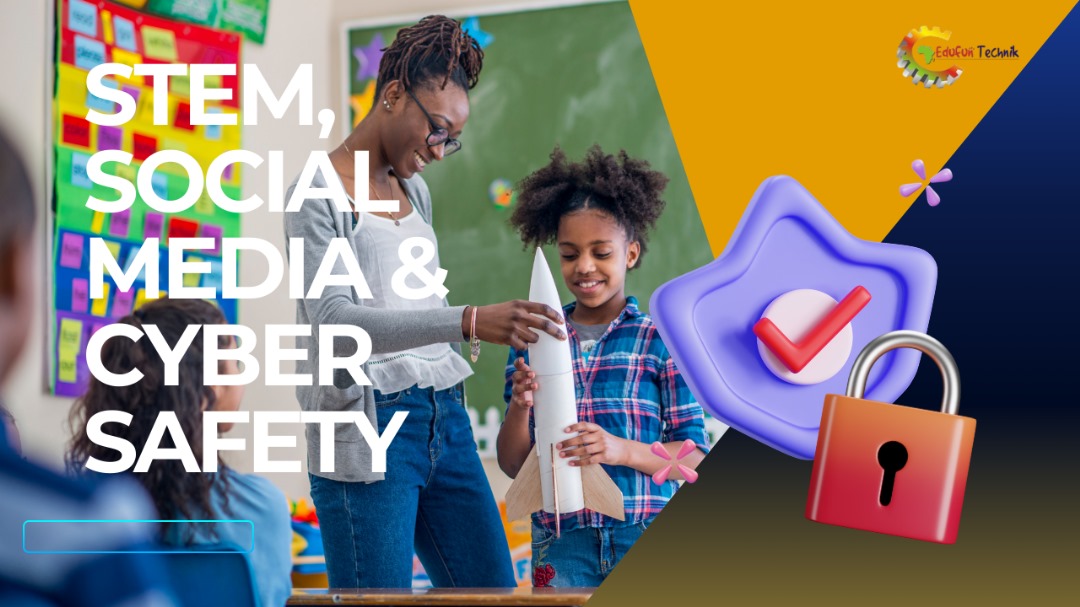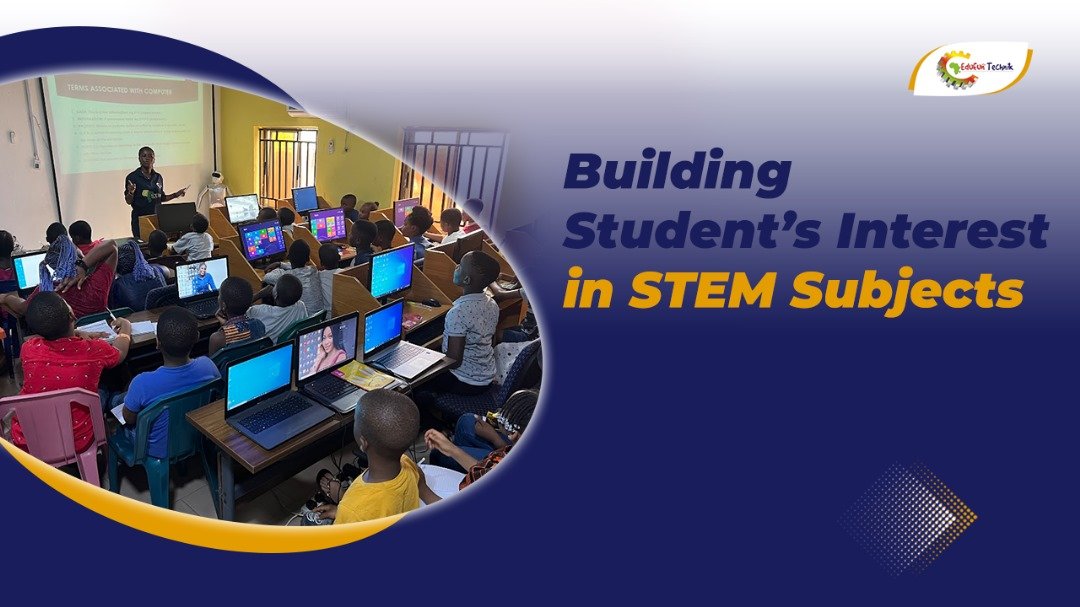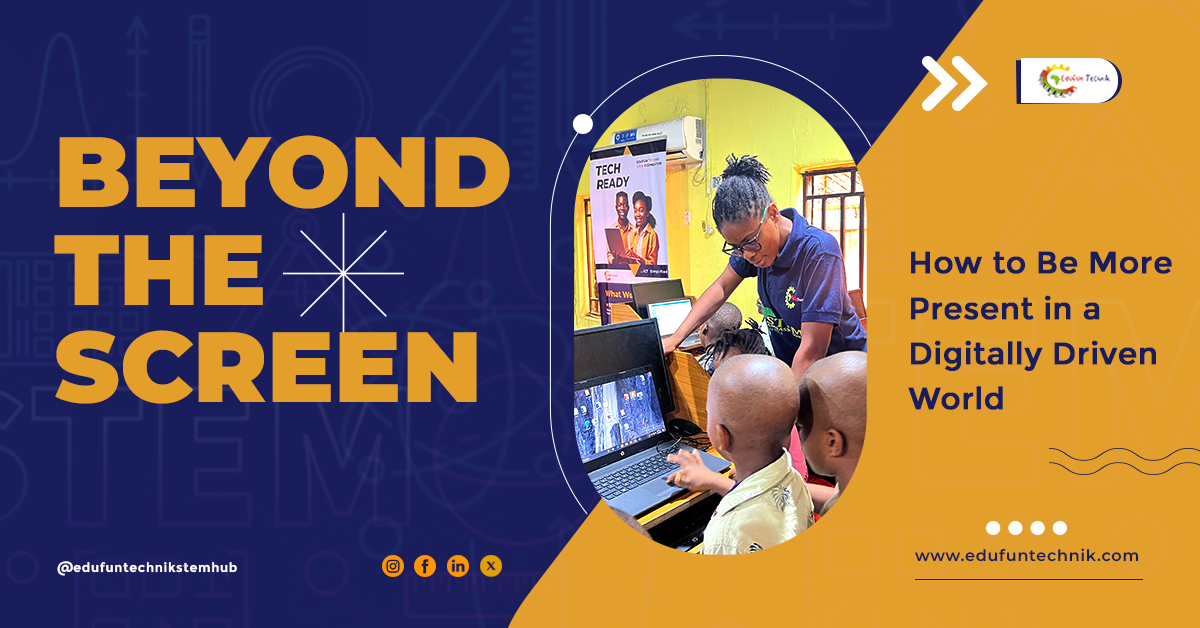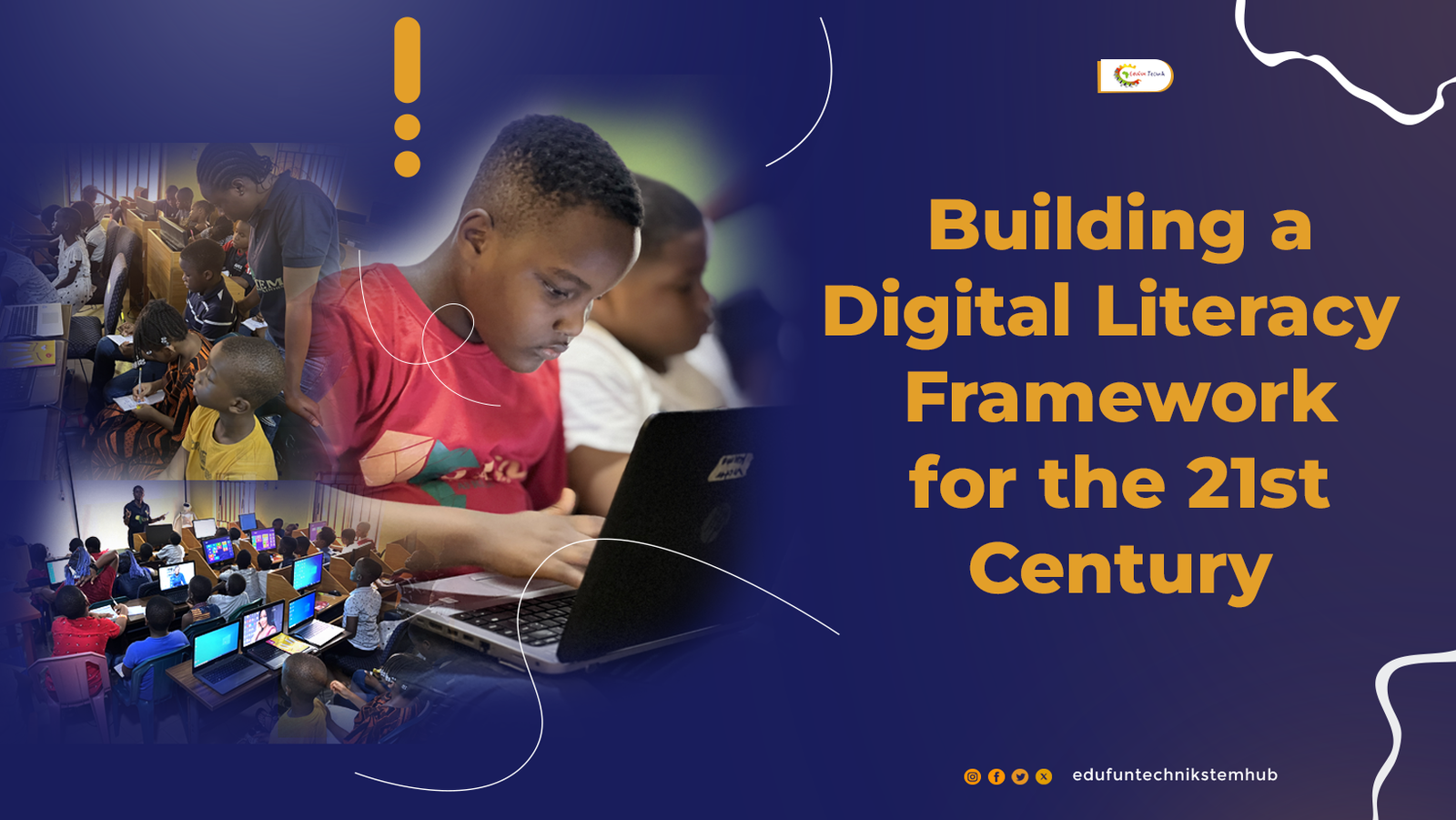Social media has transformed the way we communicate, learn, and share ideas. It has opened up endless possibilities, particularly in education. For STEM (science, technology, engineering, and mathematics) education, social media provides opportunities for collaboration, resource sharing, and innovation. However, as its influence grows, so does the importance of ensuring cyber safety for students, teachers, and institutions. Let’s explore what the future holds for social media and how cyber safety can be integrated into STEM education.
Social Media’s Role in STEM Education
Social media is no longer just a platform for connecting with friends. In STEM education, it serves as a hub for collaboration and creativity. Platforms like LinkedIn, Twitter, and YouTube allow students and professionals to share research, participate in global discussions, and access a wealth of free learning resources.
Take YouTube, for example, where educators post tutorials on complex STEM topics. These videos make subjects like coding or advanced mathematics more accessible. Twitter, on the other hand, is used for live Q&A sessions with STEM experts, creating opportunities for real-time engagement. Dr. Eugenia Cheng, a mathematician and educator, has noted, “Social media allows us to make math feel approachable and relevant by meeting students where they are.”
Social media also fosters collaboration across borders. Students can work on projects with peers from other countries, sharing ideas and learning about different approaches to problem-solving. This global connection is invaluable in preparing students for the interconnected world of STEM careers.
The Growing Need for Cyber Safety
As social media use grows, so do concerns about privacy and security. Students and educators often share personal information online, sometimes without understanding the risks. Cyberattacks, phishing scams, and identity theft are all real threats in the digital age. Read more on the safety tips for a tech-savvy world here.
A study by the Pew Research Center found that nearly 60% of internet users under 18 have experienced some form of online harassment. In STEM education, this can discourage students from engaging fully with social media platforms. Dr. Mary Aiken, a cyberpsychologist, emphasizes, “We must teach students to navigate social media safely, just as we teach them to safely navigate the real world.”
Educators and institutions must prioritize teaching cyber safety alongside STEM subjects. By integrating digital literacy into the curriculum, schools can ensure that students not only excel academically but also understand how to protect themselves online.
Strategies for Enhancing Cyber Safety in STEM Education
One way to promote cyber safety is through awareness programs. Schools can organize workshops to teach students about online privacy, recognizing phishing attempts, and creating strong passwords. These programs can also include guidance on the ethical use of social media, ensuring students understand the impact of their online actions.
Another strategy is implementing secure platforms specifically designed for educational purposes. Tools like Google Classroom or Microsoft Teams provide a controlled environment for communication and collaboration. These platforms offer features like encrypted messaging and monitored discussions, reducing the risks associated with open social media platforms.
Parental involvement is also crucial. Parents need to be aware of the platforms their children are using and how they can help maintain a safe online presence. Organizations like Common Sense Media offer resources to guide parents in supporting their children’s digital education.
Balancing Innovation and Security
As technology evolves, so will the challenges of ensuring cyber safety. Social media platforms themselves must take responsibility for creating safer environments. Features like two-factor authentication, content moderation, and enhanced privacy settings are steps in the right direction.
STEM education can also benefit from partnerships with tech companies to develop tools that enhance learning while prioritizing security. For example, AI-driven moderation tools can help identify and remove harmful content, ensuring that educational spaces remain safe and focused on learning.
Experts like Dr. Jessica Barker, a leader in human-centered cybersecurity, argue that “Security should be a built-in feature, not an afterthought.” By adopting this mindset, educators and tech developers can work together to create a future where social media enhances STEM education without compromising safety.
Conclusion
Social media is reshaping STEM education by making it more collaborative, accessible, and innovative. However, with these opportunities come challenges, particularly in ensuring cyber safety. By teaching students to navigate social media responsibly, integrating secure platforms, and fostering partnerships between educators and tech companies, we can create a future where STEM education thrives in a safe digital environment.
The journey ahead requires a balance between embracing innovation and prioritizing security. By focusing on both, we can prepare students to succeed in the digital age while protecting their well-being. The future of STEM education depends on it.







